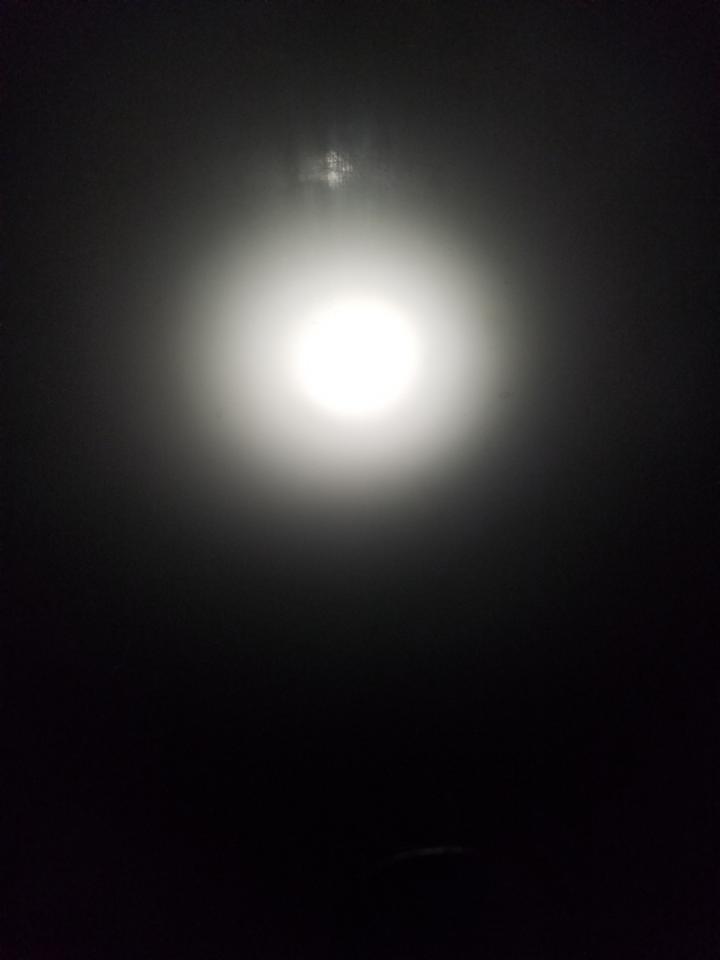
Why winter is cold if the Earth is closer to the Sun
ADVERTISEMENT
Beautifully explained; it was a sheer pleasure to read.
Thank you
I’m sure I read before that the coldest day of the year was typically Jan 17-19. Here it says February, which one is right ?
I think the explanation of weather changes was very well written and clearly explained. If HLBent, or whoever it was, didn't read it carefully, that is not the author's fault.
It's not that the Earth is closer to the Sun that makes winter colder or summer warmer-it's because of the Earth's "tilt" away from the sun in winter that makes the Northern Hemisphere colder and the Southern Hemisphere warmer. Right??
Although I never thought to ask this question, this answer was so very well written, the information is easily understood. Using the flashlight example was brilliant. The reverse makes sense as to why July/August produces hotter temperatures. Thank you.
I find it interesting that even with the global internet we still think as if we are all in the same back yard.
Why is it getting colder? Ever been to Australia this time of year? Your article is good, but only applicable to your location you describe. We could just as easily ask why is February Hot this time of year. Or am I being too picky about astronomy?
Wondering who the photographer is for that fascinating photo of the blizzard over water, at the top of this article.
Hi, LiftS, Thank you. The photo comes from our stock library and is free to use if you wish. We appreciate your interest in The Old Farmer’s Almanac! Sincerely, your OFA editors











